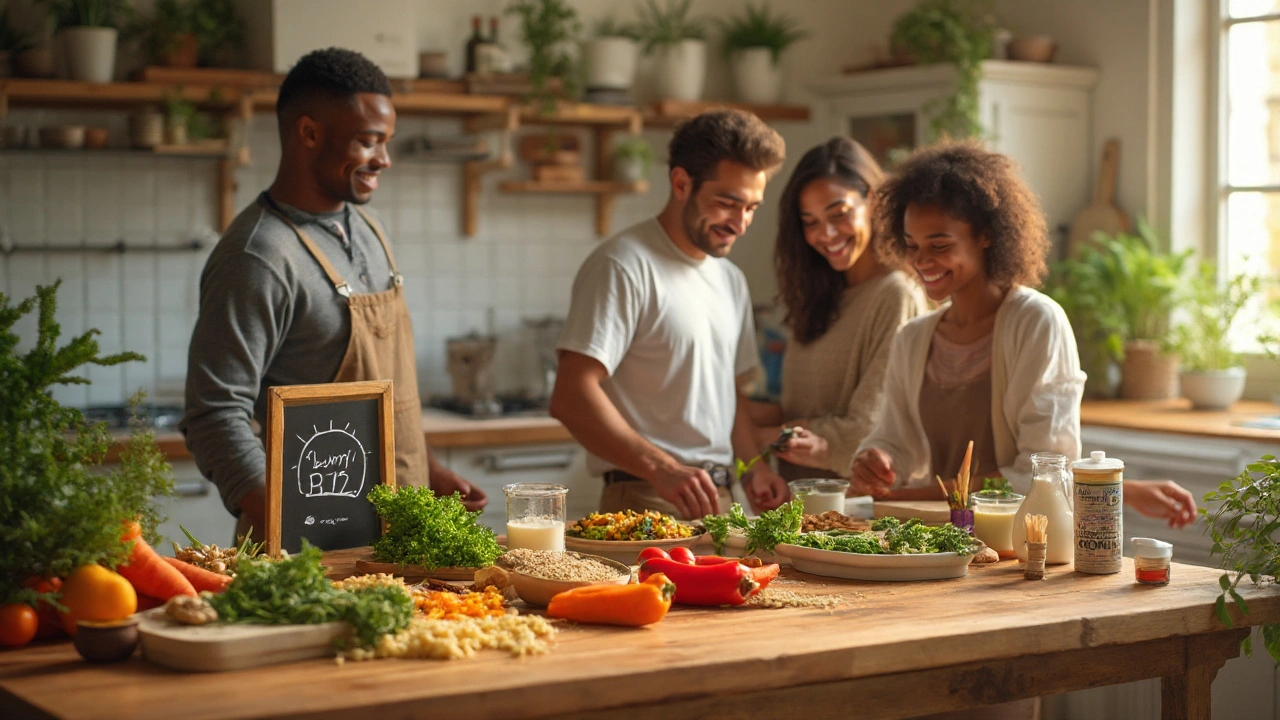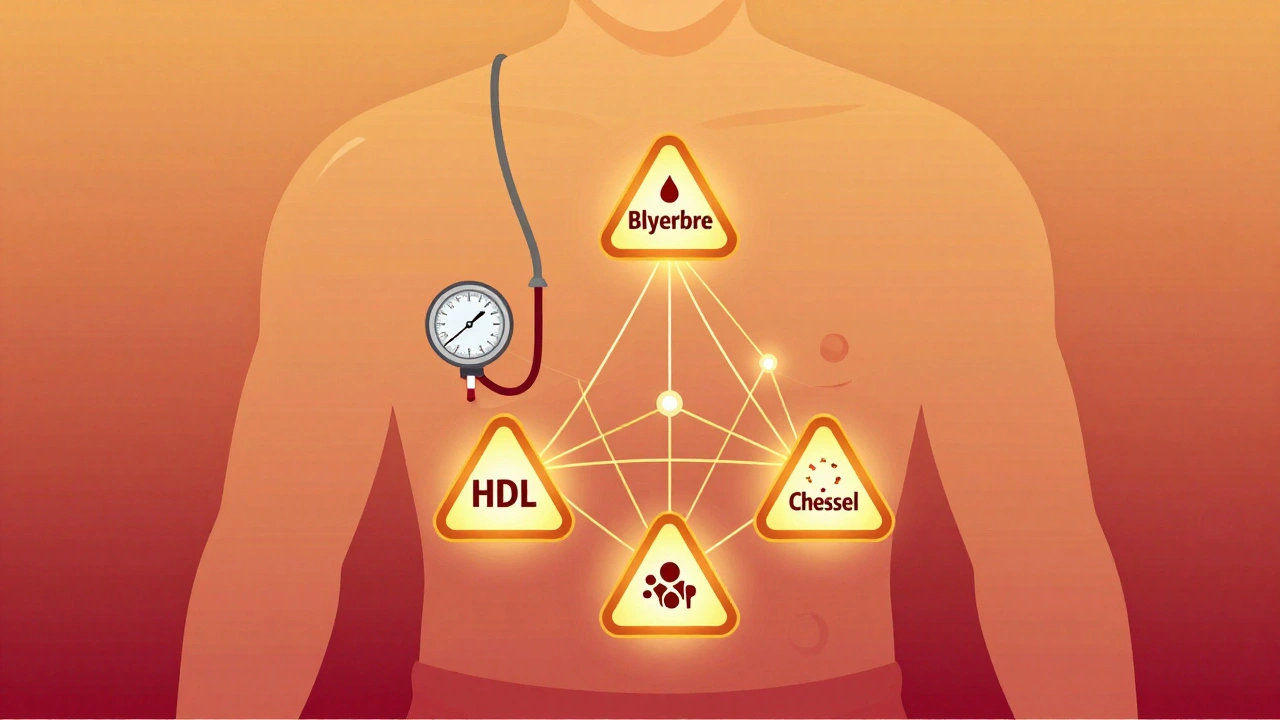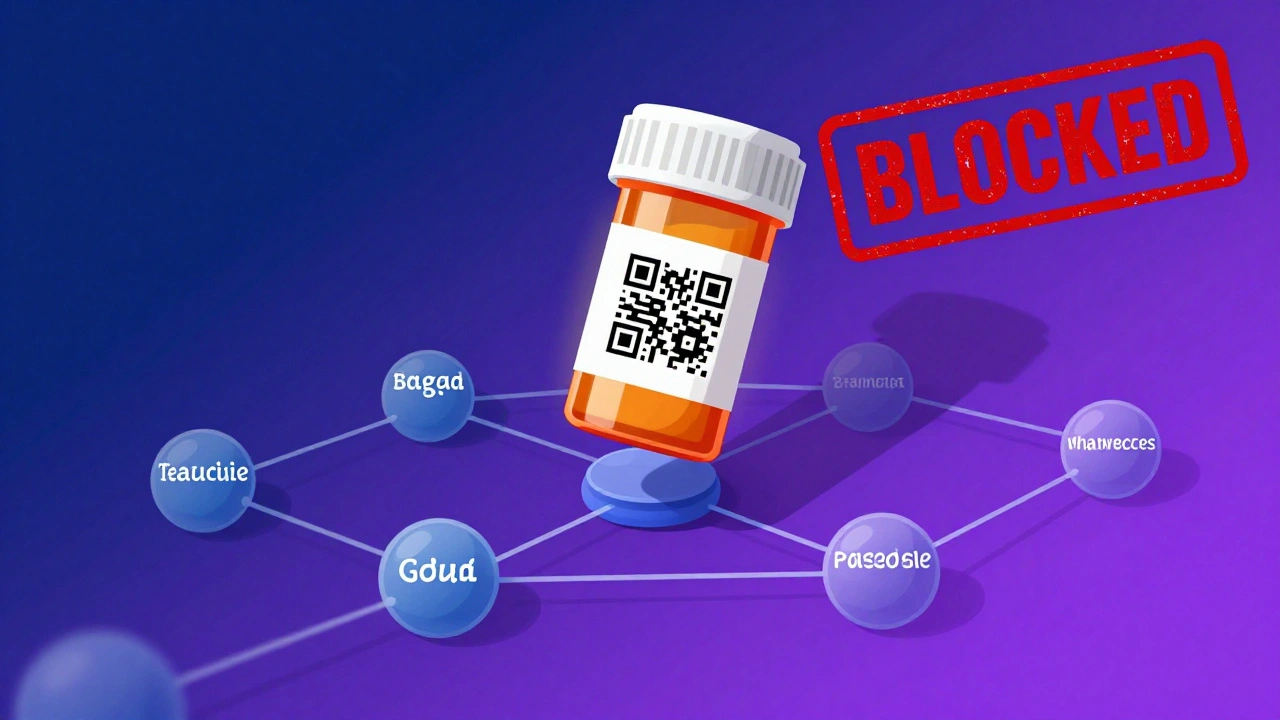Vitamin D for Vegans: Simple Ways to Meet Your Needs
If you’ve gone vegan, you already know how important it is to watch nutrients that mostly come from animal foods. Vitamin D is one of those tricky ones – your body makes it when skin meets sunlight, but many vegans live in places with limited sun or stay indoors a lot. The good news? You don’t have to panic. With a mix of smart sun exposure, fortified foods, and the right supplement, you can keep your levels healthy without breaking your plant‑based lifestyle.
Sunlight – Your Free Vitamin D Source
Sunlight is the cheapest, most natural way to boost vitamin D. Aim for 10‑30 minutes of midday sun on your face, arms, and legs a few times a week. The exact time depends on where you live, your skin tone, and the season. Lighter skin needs less time, while darker skin may require longer sessions. If you’re in a high‑latitude area (think northern Europe or Canada) during winter, the sun’s UV‑B rays aren’t strong enough – that’s when food and supplements step in.
Don’t forget sunscreen, though. It blocks UV‑B and can cut vitamin D production by up to 95 %. A practical trick is to get a quick, unprotected sunburst before you slather on sunscreen. Just keep the exposure short to avoid sunburn.
Food and Supplements You Can Trust
Vegans can get vitamin D from a handful of fortified products. Look for plant milks (almond, soy, oat) that add vitamin D2 or D3 derived from lichen. A cup of fortified soy milk can give you around 100 IU, which is about 15 % of the daily recommended amount for most adults.
Another tasty option is fortified orange juice – a single glass may supply up to 150 IU. Some breakfast cereals and oatmeal packs also carry vitamin D, so check the nutrition label. Remember, natural plant foods contain very little vitamin D, but mushrooms exposed to UV light are a rare exception; they can provide up to 400 IU per 100 g.
If you’re not getting enough from sun and food, a supplement is the safest fallback. Choose a vegan‑friendly product that uses lichen‑derived D3, as D3 is generally more effective at raising blood levels than D2. A daily dose of 1,000 IU (25 µg) works for most adults, but if you’re over 70, pregnant, or have a known deficiency, 2,000 IU may be recommended. Always read the label for dosage and check with a healthcare provider if you have health conditions.
Quality matters. Look for third‑party tested brands (USP, NSF) to avoid contaminants. Avoid “megadose” products unless a doctor tells you to use them – too much vitamin D can lead to calcium buildup and kidney issues.
Putting it all together, a typical vegan day might look like this: a short morning walk for sunlight, a fortified soy latte at breakfast, a UV‑treated mushroom stir‑fry for lunch, and a daily lichen‑based D3 capsule in the evening. This routine supplies roughly 800‑1,200 IU, covering most adult needs.
Lastly, keep an eye on your blood levels. A simple blood test (25‑hydroxyvitamin D) tells you if you’re on target. The sweet spot is 30‑60 ng/mL. If you’re consistently below, bump up your fortified foods or talk to a doctor about a higher supplement dose.
Being vegan doesn’t mean you have to worry about vitamin D. With a bit of sun, smart food choices, and the right supplement, you can stay healthy and keep your plant‑based principles intact.






